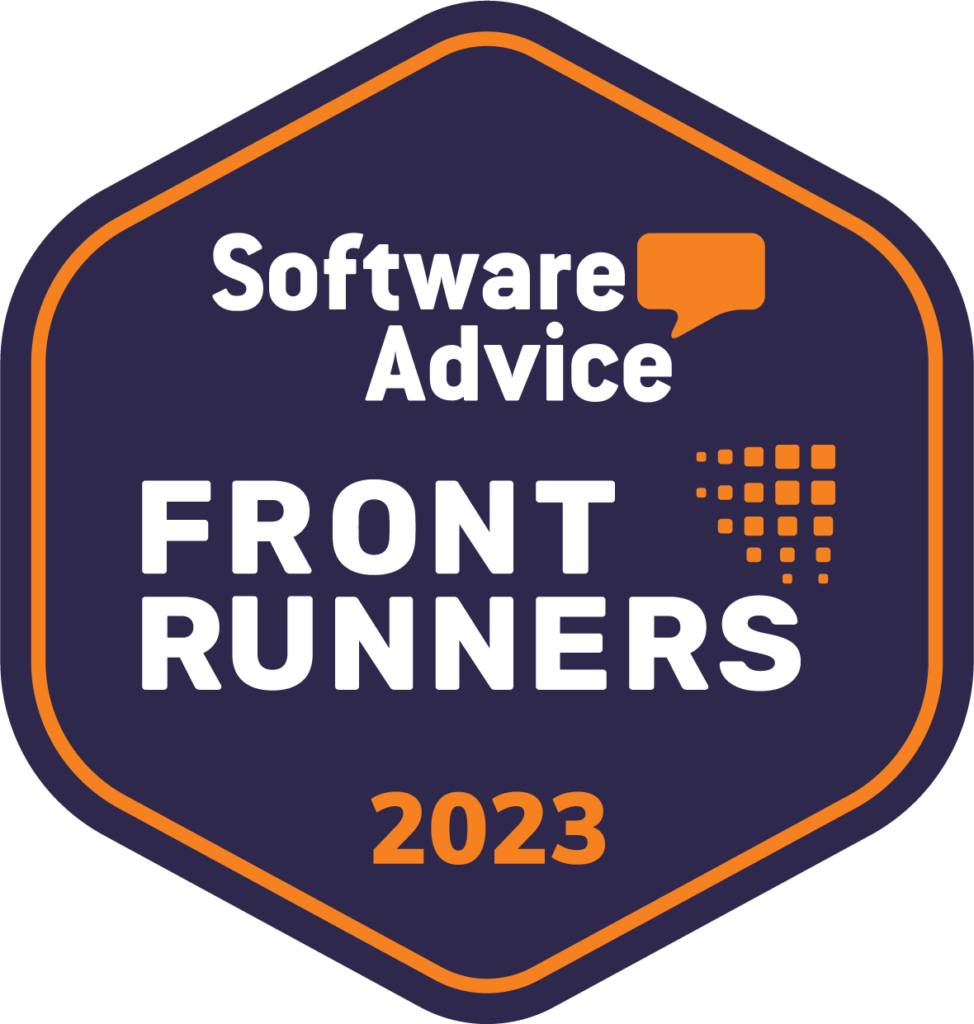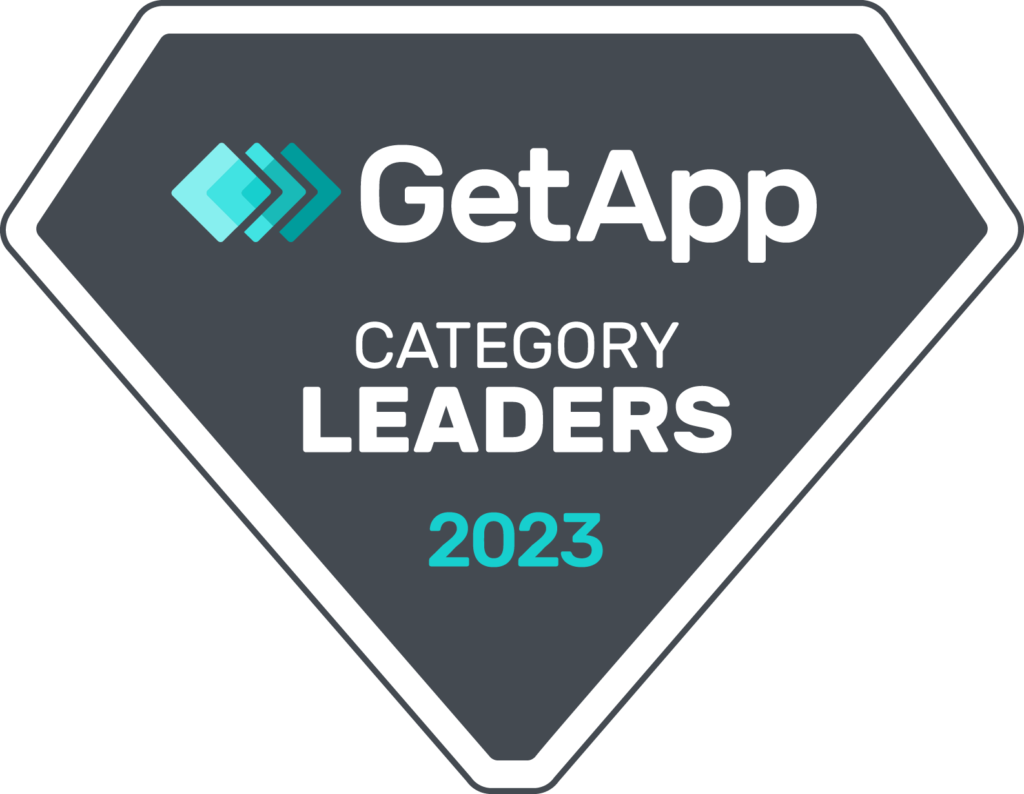Effective asset management is vital for any successful organization. By implementing the enterprise asset management best practices outlined here, businesses can maximize asset utilization, minimize risks, and boost efficiency. From creating detailed asset inventories and using advanced management software to integrating preventive maintenance, these methods ensure optimal asset performance. Discover how adopting these practices and leveraging tools like ToolSense can lead to significant cost savings and sustained operational excellence in 2024.
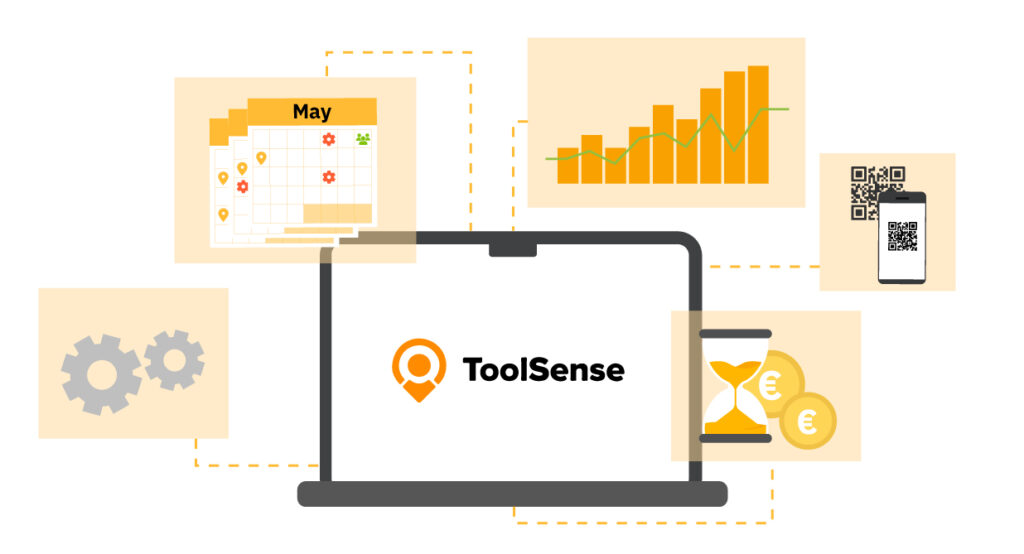
Key Takeaways
Implementing Asset Management Best Practices:
- Efficiency and Utilization: Automation reduces errors, maximizes asset use, and optimizes resource allocation.
- Data-Driven Insights: Use analytics for strategic decision-making, cost efficiency, and extending asset lifecycles through regular maintenance.
- Sustainability: Proactive management supports long-term sustainability and delays costly replacements.
Difference Between EAM and Asset Management Software:
- Scope and Use: EAM covers the full lifecycle for high-value, complex assets, while Asset Management Software focuses on tracking and financial management across various sectors.
- Features: EAM includes comprehensive maintenance and work order management; Asset Management Software emphasizes asset tracking and compliance.
ToolSense as a Comprehensive Solution:
- Lifecycle Management: Streamlines asset processes from acquisition to disposal.
- Preventive Maintenance: Schedules and tracks maintenance activities.
- Real-Time Tracking: Provides real-time visibility and ensures data accuracy and compliance with industry standards.

Understanding Asset Management
Asset management is the cornerstone of any thriving business, encompassing a comprehensive approach that juggles organizing, managing, and extracting maximum value from your diverse portfolio of assets. Whether it’s ensuring your IT assets like hardware and software licenses are up-to-date or maintaining your fixed assets – from your office’s air conditioning to the manufacturing equipment on the factory floor – effective asset management is pivotal. It’s a balancing act that, when done right, fosters growth, maximizes financial success, and sustains your company for the long haul. By implementing a robust asset management process, businesses can optimize their resources and achieve their goals more efficiently.
However, the stakes are high. Neglecting proper asset management practices can lead to unscheduled downtimes and financial strain, severely impacting your bottom line. This isn’t just about keeping track of what you own; it’s about instilling accountability, ensuring maintenance and planning remain on track, and ultimately, keeping your business running like a well-oiled machine.
The scope of asset management is indeed vast, with various types tailored to specific sectors of your business. Some of these types include:
- Financial Asset Management: scrutinizes investments and financial liabilities
- Digital Asset Management: safeguards and organizes your digital content
- Enterprise Asset Management (EAM): integrates the management of your physical assets throughout their lifecycle
Each type is an integral gear in the machinery of your company’s asset estate. In this article, we will concentrate on the third aspect of asset management that is EAM.
Common Challenges in Asset Management
Despite its importance, asset management comes with its own set of challenges. One significant hurdle is tracking assets across multiple locations. Modern tracking technologies like RFID and GPS can help substantially.
Maintenance is another critical area. Without a proper maintenance schedule, assets can quickly fall into disrepair, leading to unscheduled downtimes and increased costs. Preventative maintenance strategies are essential to mitigate these risks.
Cost management is also a major concern. Balancing the costs of acquiring, maintaining, and replacing assets requires careful planning and execution. Implementing asset management software can streamline these processes, providing real-time data and analytics to support informed decision-making.
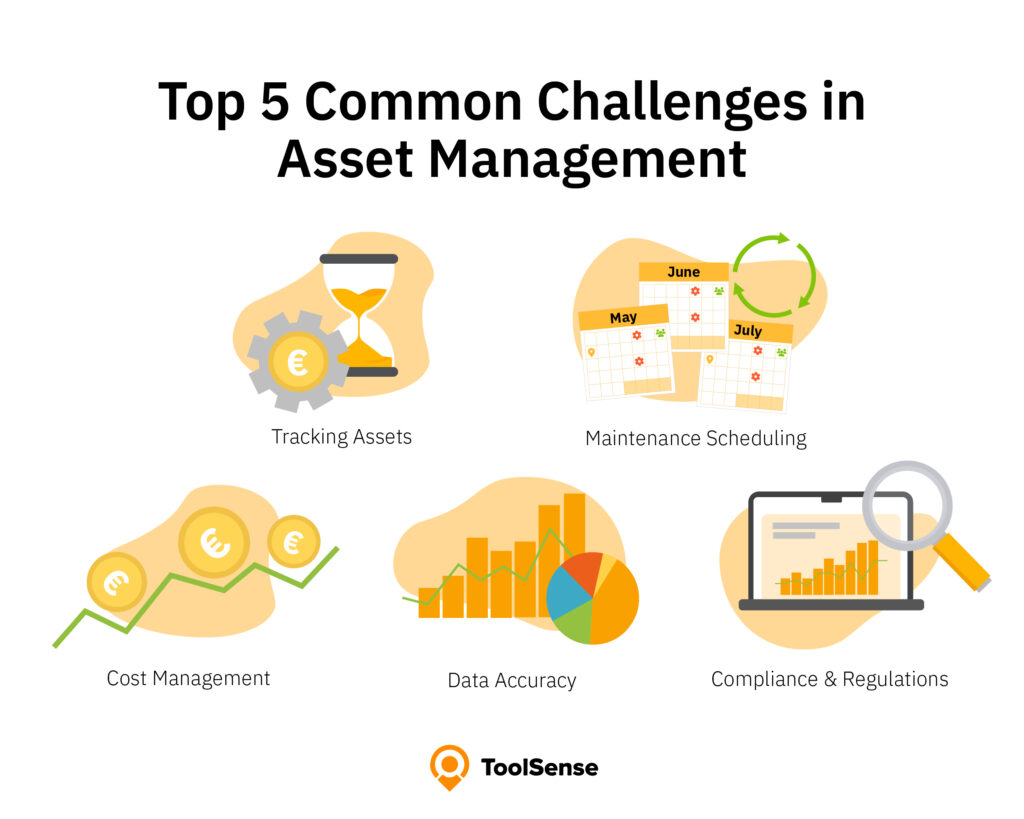
Top 5 Common Challenges in Asset Management
- Tracking Assets: Managing numerous assets across multiple locations can be daunting without modern tracking technologies like RFID and GPS and IoT-based hardware.
- Maintenance Scheduling: Lack of a proper maintenance schedule can lead to asset disrepair, unscheduled downtimes, and increased costs.
- Cost Management: Balancing the costs of acquiring, maintaining, and replacing assets requires meticulous planning and execution.
- Data Accuracy: Ensuring accurate and up-to-date data is crucial for informed decision-making and efficient asset management.
- Compliance and Regulations: Keeping up with regulatory requirements and ensuring compliance can be challenging, especially for businesses with a large asset base.
By addressing these common challenges head-on, businesses can improve their asset management practices, enhance operational efficiency, and boost financial performance.
8 Best Practices for Enterprise Asset Management
Implementing best practices in enterprise asset management is essential for maximizing efficiency, reducing costs, and ensuring the longevity of assets. The following sections will delve into key strategies and methodologies to optimize your asset management processes.
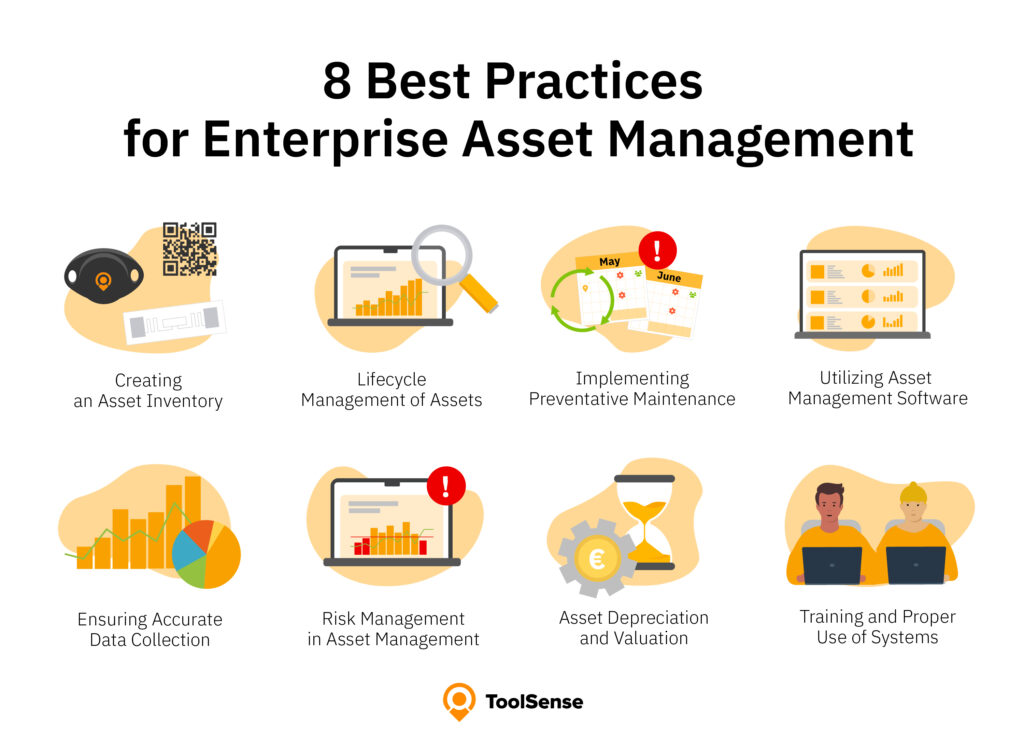
1. Creating an Asset Inventory
Imagine navigating a ship without a map. Without a clear overview of your assets, their condition, and usage, managing them becomes nearly impossible. Creating an asset inventory is crucial for boosting productivity and reducing costs associated with asset mismanagement.
In the digital age, technology plays a key role in asset tracking. Tools like RFID tags and GPS trackers provide real-time visibility and control, allowing you to pinpoint asset locations and track their usage effectively.
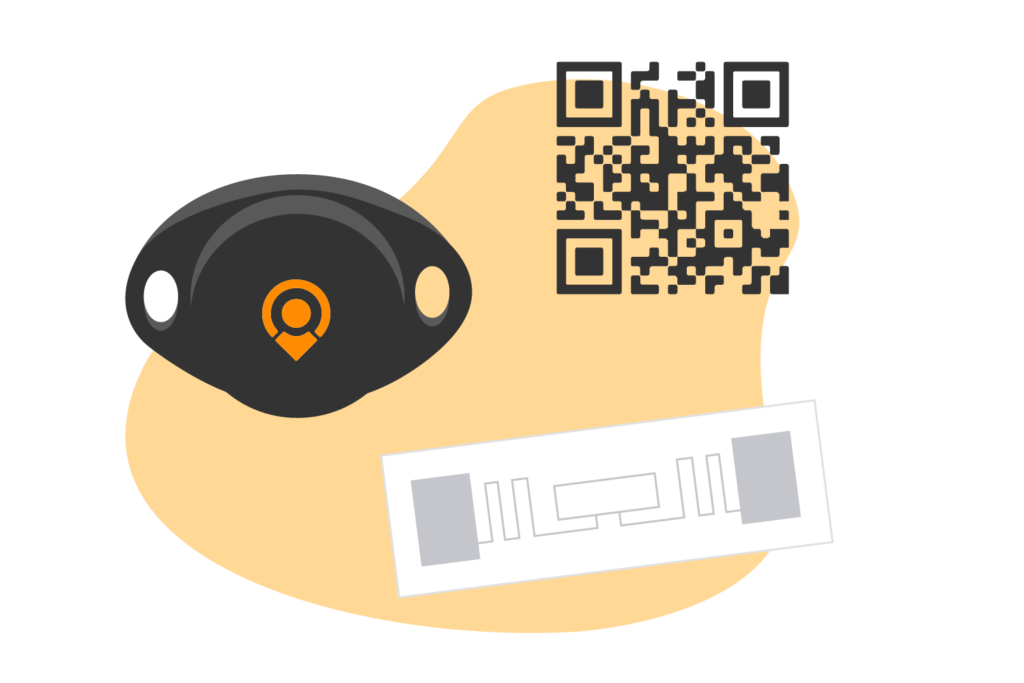
An effective asset inventory management system:
- Prevents theft or loss of valuable assets.
- Streamlines operations by minimizing manual data entry.
- Restricts access to specific assets, ensuring proper usage.
- Tracks each stage of an asset’s lifecycle from acquisition to disposal.
- Ensures data is accurate and up-to-date for informed decision-making.
- Enables risk management by identifying and mitigating potential risks related to asset management.
Using an asset management software like ToolSense, you can streamline the inventory process with features like digital QR code scanning and real-time updates, enhancing the efficiency of your asset management practices.
2. Lifecycle Management of Assets
The journey of an asset from acquisition to disposal is called the asset lifecycle. Managing this journey is crucial for optimizing costs and reducing waste. Understanding each phase ensures assets are used to their fullest potential. Lifecycle management involves:
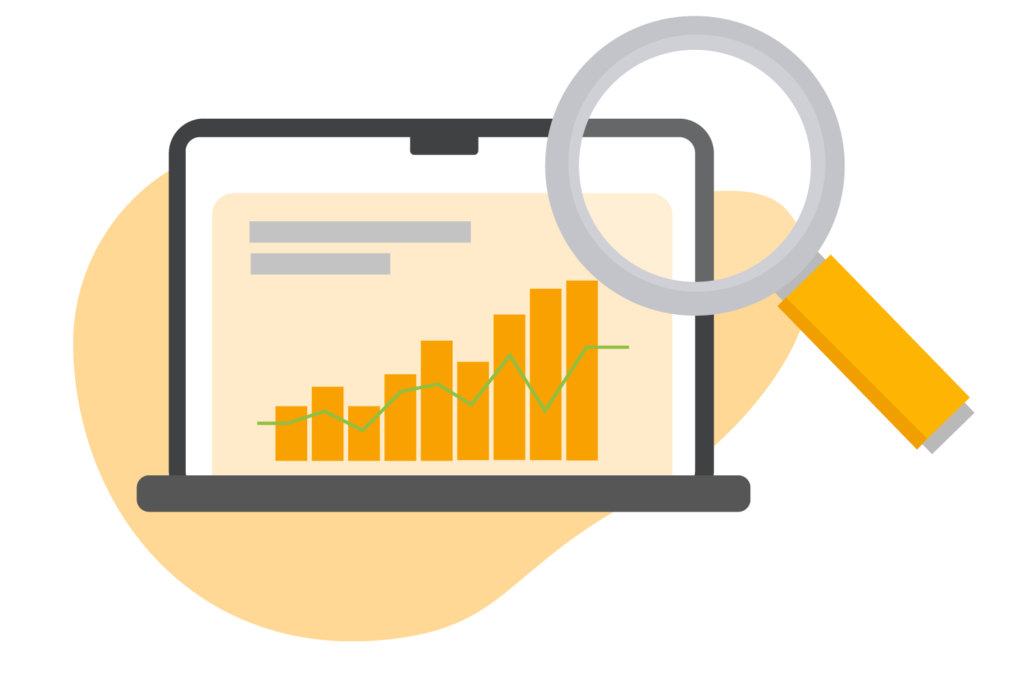
- Regular Maintenance: Scheduling maintenance to prevent breakdowns and extend asset life.
- Data-Driven Decisions: Using accurate data to decide on replacements or upgrades.
- Sustainability: Considering environmental impacts and choosing eco-friendly disposal methods.
- Risk Management: Identifying and mitigating risks to avoid unexpected failures.
Using asset management software like ToolSense enhances lifecycle management by providing real-time data and supporting informed decisions. ToolSense helps maintain assets efficiently, manage lifecycle costs, and ensure compliance.
3. Implementing Preventative Maintenance
The adage “an ounce of prevention is worth a pound of cure” rings especially true in asset management. Implementing preventative maintenance is a strategic move that keeps unforeseen breakdowns at bay and ensures your assets are always ready to perform. It’s a methodical approach that involves scheduled maintenance, such as changing lubricants or replacing worn parts before they fail.
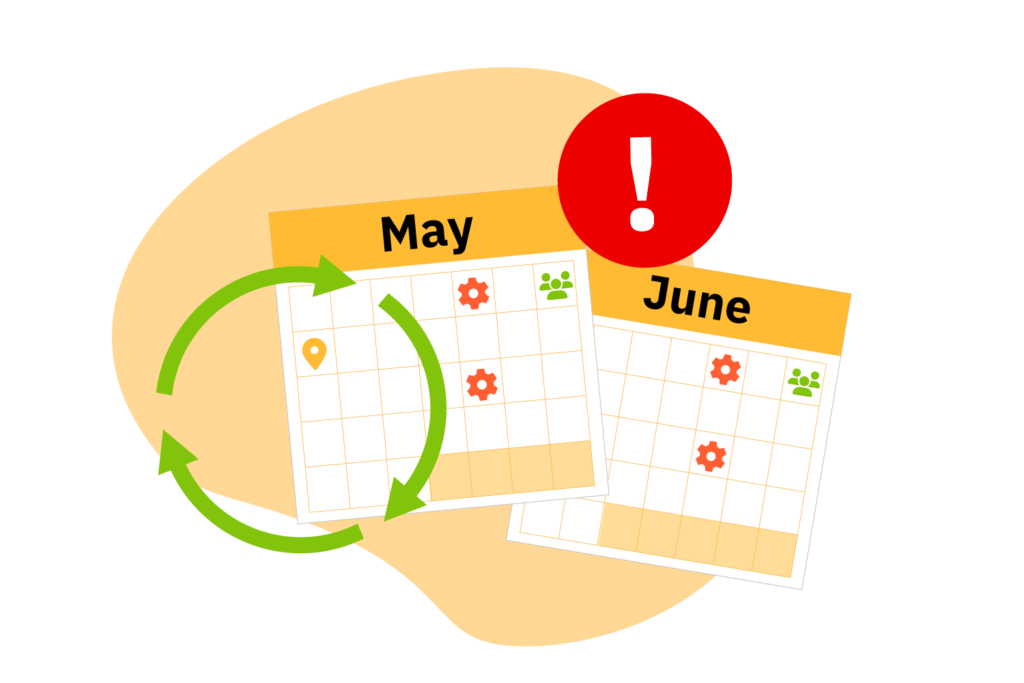
Why is preventive maintenance so important? Consider the following benefits:
- Avoid Emergency Repairs: Preventative maintenance helps avoid emergency repairs and subsequent production losses.
- Extend Asset Life: Regular upkeep extends the operational life of assets and maintains optimal performance.
- Improve Safety: Regular servicing ensures equipment is compliant with safety codes, improving overall safety conditions.
- Energy Savings: Maintaining equipment efficiency leads to significant energy savings.
Utilizing asset management software like ToolSense can streamline the implementation of preventative maintenance. ToolSense helps schedule maintenance, track asset conditions, and ensure compliance, ultimately improving asset performance and longevity. By adopting these, you ensure that your assets are well-maintained, safe, and cost-effective.
4. Utilizing Asset Management Software
In the digital era, asset management software has become essential for organizations seeking to maintain an effective asset management strategy. This technology serves as a central hub, providing:
- Visibility: Real-time updates on asset status and location.
- Status Updates: Immediate information on the condition and usage of assets.
- Accurate Financial Valuation: Reliable data for asset depreciation and valuation.
- Compliance: Ensuring assets meet health and safety standards.
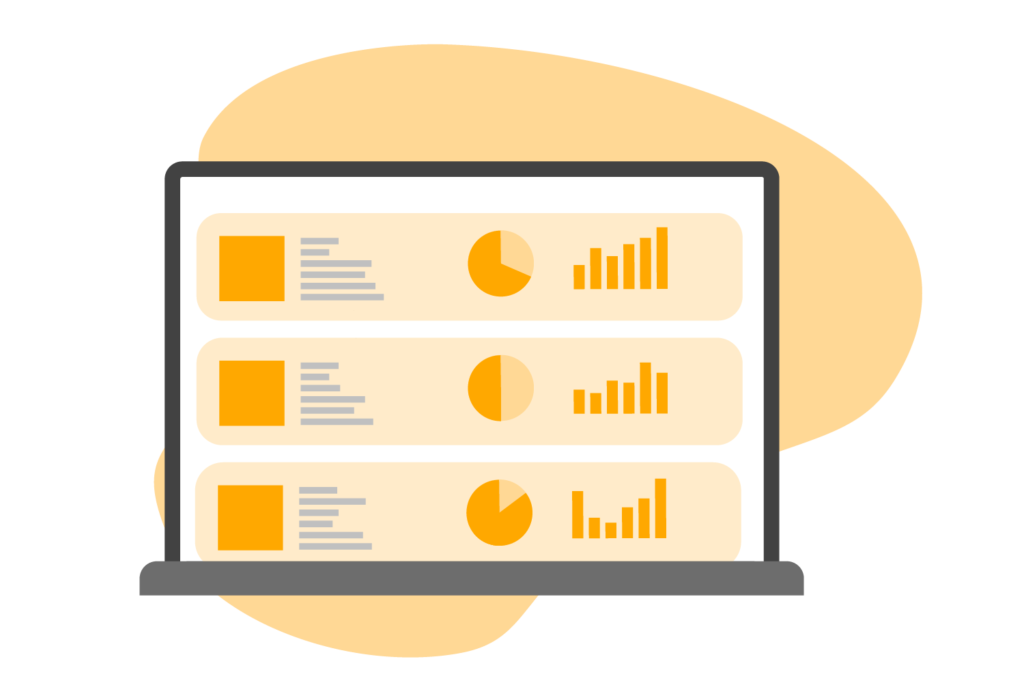
The advantages of transitioning from spreadsheets to specialized asset management software are numerous. Benefits include:
- Enhanced Data Accuracy: Improved control and security of asset information.
- Automated Checks: Data cleansing tools to maintain the integrity of asset data.
- Informed Decision-Making: Access to accurate data supports strategic decisions.
- Robust Support: Effective management of a large asset estate.
Choosing the right asset management software involves considering factors like cost, scalability, mobility, and integration with existing systems. Once implemented, the benefits are clear. Mobile access to asset data empowers field-based teams, and a centralized asset register ensures that crucial information is always available.
Using an asset management solution like ToolSense enhances these benefits by providing real-time data, seamless integration, and comprehensive support, making asset management more efficient and effective.
5. Ensuring Accurate Data Collection
Accurate data is the bedrock of any asset management system. It powers decision-making and strategic planning. Ensuring that your enterprise asset management (EAM) software is fed with correct and current data is not just a best practice – it’s a necessity. Regular data audits and feedback mechanisms maintain the high standards of data accuracy your business depends on.
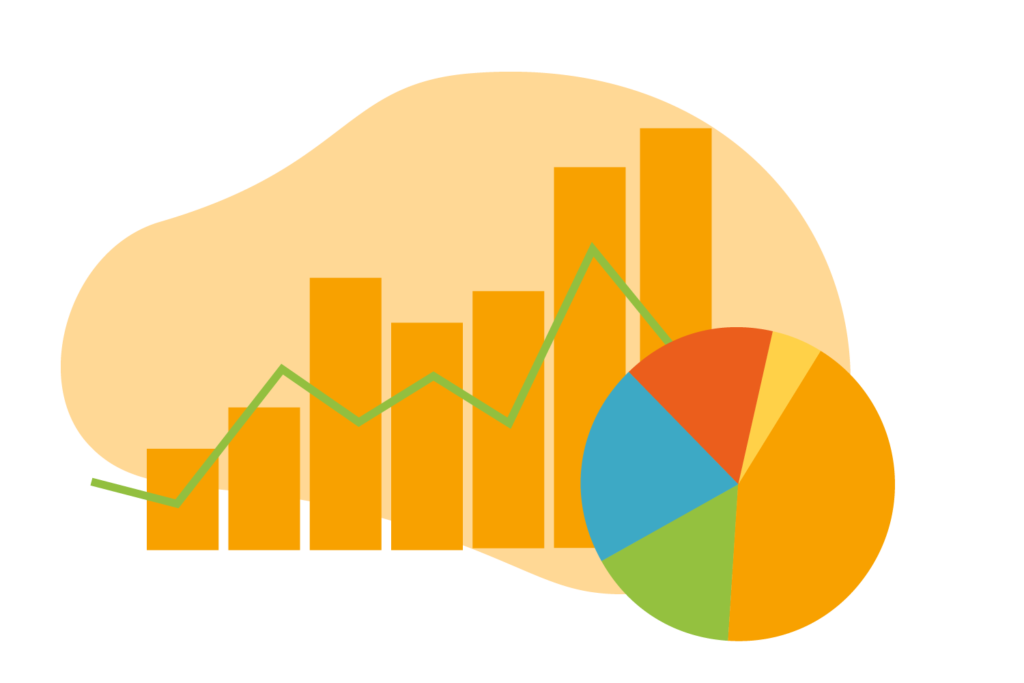
Data completeness is another critical factor. Missing data can lead to gaps in understanding and hinder well-informed decisions. Regularly collecting and analyzing performance data supports preventive maintenance by setting thresholds to prevent future equipment faults.
The pursuit of data accuracy is relentless, and for good reason. Accurate data collection ensures:
- Real-Time Visibility: Provides immediate updates on asset status and location.
- Accurate Tracking: Facilitates precise tracking of assets throughout their lifecycle.
- Informed Decision-Making: Ensures decision-makers have access to reliable and up-to-date information.
Utilizing an asset management system like ToolSense can significantly enhance data accuracy. ToolSense offers automated data collection, real-time updates, and comprehensive reporting, ensuring your data is always accurate and accessible.
6. Risk Management in Asset Management
Asset management carries significant risks, from cybersecurity vulnerabilities to liabilities posed by unsecured physical assets. The complexity of these risks is amplified as companies share sensitive information with numerous third parties.
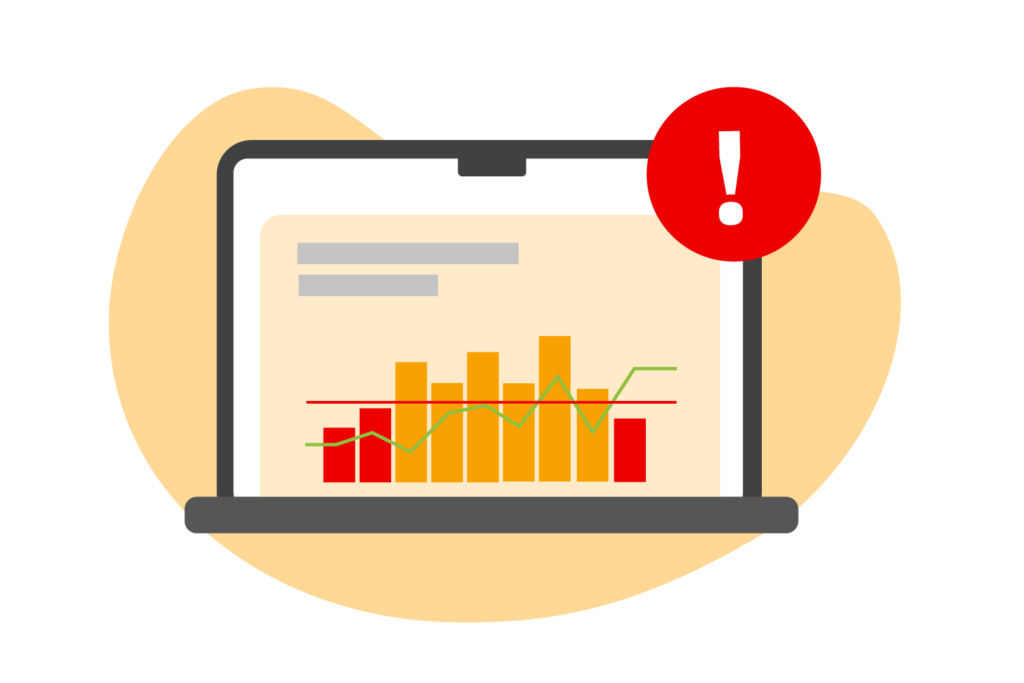
The COVID-19 pandemic highlighted how quickly the risk landscape can change, disrupting security protocols and necessitating remote work. Addressing these risks requires a proactive and strategic approach, including comprehensive risk management planning, robust policies, and advanced tools to ensure regulatory compliance.
Effective risk management involves:
- Comprehensive Planning: Detailed plans to address potential vulnerabilities.
- Robust Policies: Implementing and enforcing risk mitigation policies.
- Advanced Tools: Utilizing tools for real-time risk monitoring and management.
Preparation is also key. Cybersecurity insurance and vigilant IT environment monitoring help manage residual risks and stay aligned with evolving threats.
7. Asset Depreciation and Valuation
Understanding and managing asset depreciation are critical aspects of asset management. Various methods exist to calculate depreciation, such as the straight-line method, which evenly distributes the cost over the asset’s life, or the declining balance method, which recognizes higher expenses earlier. These methods help businesses plan for future replacements.
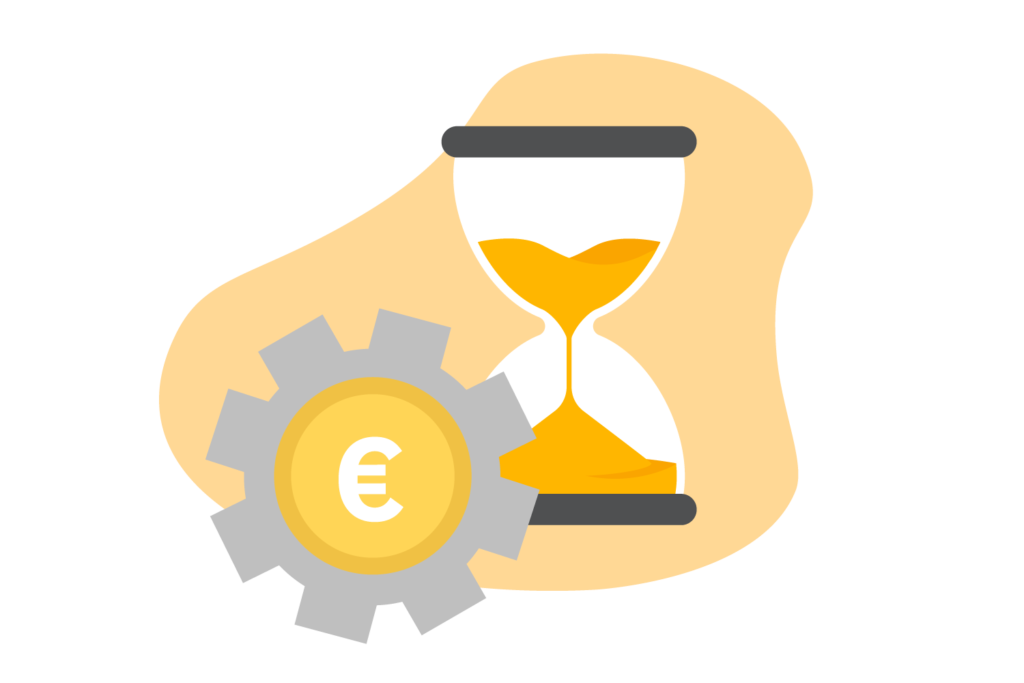
Asset valuation involves determining the present worth of both tangible and intangible assets, based on historical purchase prices or current market values. Accurate asset inventory management aids in estimating depreciation and planning future asset purchases.
Ensuring accurate financial assessments reflects the true state of your assets, essential for the financial well-being of your business. This accuracy informs strategic decisions on asset upgrades and replacements, affecting the total value and cost of your asset estate. Using asset management software like ToolSense can streamline these processes, providing accurate data and facilitating informed decision-making.
8. Training and Proper Use of Systems
The effectiveness of an asset management system depends on how well it’s used by the people within the organization. Proper training and support are essential to maximizing the benefits of enterprise software applications. Despite the availability of advanced solutions, employees often report lacking the expertise to fully leverage these tools, highlighting the need for comprehensive training programs.

Investing in training and support:
- Empowers Your Team: Ensures that everyone can effectively use the asset management system.
- Enhances Operations: Helps your business fully benefit from technological advancements.
- Facilitates Continuous Learning: Keeps employees updated with the latest system capabilities.
Using a solution like ToolSense, which offers user-friendly interfaces and integrated training modules, can further support effective system use. By prioritizing training and proper system use, your organization can ensure optimal performance and fully leverage technological advancements in asset management.
Benefits of Asset Management Best Practices
Adopting asset management best practices offers numerous benefits to an organization, including:
- Improved Operational Efficiency: Automation reduces human error and streamlines processes.
- Increased Asset Utilization: Identifying and leveraging underutilized assets maximizes their value.
- Optimized Resource Allocation: Ensures maximum utilization of resources.
Implementing an asset management solution and adhering to best practices can significantly enhance overall performance, especially in managing hardware assets.
Data-Driven Decision-Making: Access to analytics and AI-powered insights allows organizations to refine their asset management strategies, leading to more effective outcomes. This approach supports thorough cost-benefit analyses and optimized maintenance schedules, resulting in substantial cost efficiency across operations.
Extended Asset Lifecycles: Regular maintenance and proactive management keep assets in top working condition longer, delaying the need for costly replacements and contributing to business sustainability.
By following these asset management best practices, organizations can achieve greater success, optimize asset usage, and ensure long-term operational efficiency and sustainability.
Managing your assets shouldn’t be hard. That’s why Excel, WhatsApp or Pen & Paper are not the right tools to efficiently manage your asset operations. No matter the manufacturer or type—with ToolSense you are good to go.
Difference Between Enterprise Asset Management (EAM) Software and Asset Management Software
Following the best practices, it’s crucial to understand the tools that support these efforts. This leads us to the distinction between Enterprise Asset Management (EAM) software and general Asset Management Software, both vital in their respective contexts.
Enterprise Asset Management (EAM) Software
EAM software manages the entire lifecycle of an organization’s physical assets, from acquisition to disposal. It’s particularly beneficial for industries with complex, high-value assets such as manufacturing, utilities, and transportation. EAM provides a comprehensive view by integrating maintenance management, inventory control, and work order management into a single platform.
Key features of EAM software:
- Lifecycle Management: Tracks assets from acquisition to disposal.
- Maintenance Management: Schedules and monitors preventive and predictive maintenance.
- Inventory Control: Manages spare parts and materials for asset maintenance.
- Work Order Management: Facilitates the creation, assignment, and tracking of work orders.
Asset Management Software
General Asset Management Software focuses on efficiently tracking and managing an organization’s assets. This type of software is versatile, used in various industries such as IT, healthcare, and education, managing both physical and digital assets. It emphasizes asset tracking, financial management, and compliance rather than comprehensive lifecycle management.
Key features of Asset Management Software:
- Asset Tracking: Monitors location, status, and usage of assets.
- Financial Management: Assists in calculating depreciation, asset valuation, and cost management.
- Compliance: Ensures assets meet industry regulations and standards.
- Data Accuracy: Maintains precise records for informed decision-making.
Key Differences
- Scope: EAM software offers a broader scope, covering the entire lifecycle of physical assets. Asset Management Software focuses more on tracking and financial aspects.
- Industry Use: EAM is ideal for industries with high-value, complex assets, while Asset Management Software is versatile and used across various sectors.
- Features: EAM includes extensive maintenance management and work order capabilities, whereas Asset Management Software emphasizes tracking, financial management, and compliance.
Understanding these differences helps organizations select the appropriate tool to meet their specific asset management needs, enhancing performance and resource utilization. This sets the stage for effectively implementing the best practices previously discussed.
Introducing ToolSense
To effectively implement these best practices and manage your assets efficiently, ToolSense offers a comprehensive solution. ToolSense combines the robust features of both EAM and general Asset Management Software, ensuring your organization can track, manage, and optimize assets across their entire lifecycle.
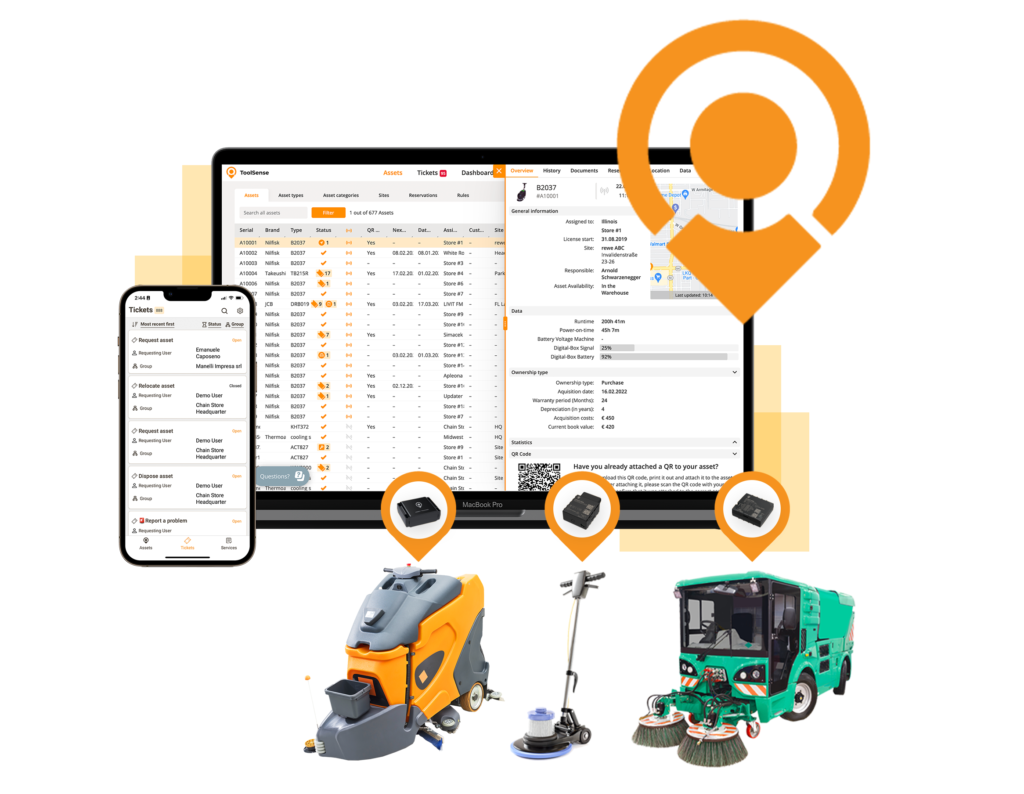
ToolSense supports:
- Lifecycle Management: Streamlines the acquisition, maintenance, and disposal of assets.
- Preventive Maintenance: Schedules and tracks maintenance activities to prevent breakdowns.
- Inventory Control: Manages spare parts and materials efficiently.
- Asset Tracking: Provides real-time visibility of asset location and status.
- Data Accuracy: Ensures precise records for better decision-making.
- Compliance: Helps meet industry regulations and standards.
By integrating ToolSense into your asset management strategy, you can achieve enhanced performance, cost efficiency, and long-term sustainability. This makes ToolSense an ideal solution for organizations looking to implement asset management best practices effectively.
ToolSense is trusted by 700+ companies



Frequently Asked Questions
Asset management is crucial for businesses as it helps in organizing, maximizing the value of assets, and contributing to growth and financial success. It also aids in preventing unscheduled downtime and additional costs.
An asset inventory management system benefits a company by providing real-time visibility and control over assets, reducing the risk of theft or misplacement, and streamlining operations through minimized manual data entry.
Preventative maintenance is crucial in asset management because it reduces unplanned downtime, increases asset uptime, and is cost-effective compared to reactive maintenance. Additionally, it improves safety conditions and helps maintain equipment efficiency.
When choosing asset management software, consider cost, experience specialization, initial implementation ease, mobility, support and service, scalability, and integration with existing systems for a comprehensive evaluation of options available. These factors will help you make an informed decision that aligns with your business needs.
Proper training ensures employees can fully utilize asset management systems, maximizing productivity and efficiency. Ongoing education and support are essential as systems evolve with technological advancements.


